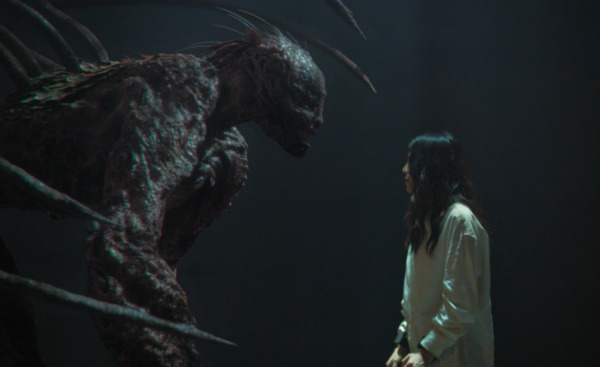(ANN/KOREA HERALD) – The Netflix original drama series, “Gyeongseong Creature,” concluded on January 5th, achieving global success by consistently securing a position on Netflix’s top 10 list in the TV (Non-English) category for five consecutive weeks, from December 18th to January 14th.
While the show’s writer and director aimed to depict life during the Japanese colonial era in 1945, “Gyeongseong Creature” inadvertently stirred global awareness of the harrowing history of Japanese colonisation in Korea.
The drama, which incorporates metaphors to address the acts of Unit 731, a unit of the Imperial Japanese Army involved in human experimentation, resonated with viewers worldwide.

The storyline follows characters navigating survival during the Japanese colonial era, portraying the Japanese military conducting experiments to transform Koreans into monsters.
International viewers, especially those whose countries were occupied by the Japanese military during World War II, found the content reflective of their own history.
Vietnamese American college student, Cais Nguyen, noted that the series provided a global platform to symbolically portray the exploitation and enslavement of Vietnamese people by Japanese imperialists during the colonial period.
Other viewers echoed this sentiment, emphasising the importance of content that reminds descendants of their ancestors’ hardships.
While the drama series primarily focuses on the Korean perspective, some viewers expressed a desire for a more comprehensive portrayal of the Japanese military’s actions worldwide.
Media experts suggest that historical dramas, such as “Gyeongseong Creature,” serve as a double-edged sword, delivering historical messages while potentially sparking controversy.
In Japan, opinions on the series vary. Some Japanese viewers appreciate the empathy it generates, recognising the unpleasantness and horror of treating people unequally.
However, there are critics who feel the drama imposes a one-sided, negative image of Japan, sparking debates on historical education through media.
In conclusion, “Gyeongseong Creature” achieved global success but also raised questions about the delicate balance of historical portrayals in entertainment media, emphasising the importance of nuanced perspectives.









